In this guide, we explore the ins and outs of Solana wallets. You will learn what a Solana wallet is, how Solana wallets work, and why they are so helpful. We also provide a guide to Moralis’ Solana API – the easiest way for you to build your own Solana projects, including a Solana wallet! For example, the code snippet below shows how you can get the balance of a wallet through a single API call when using Moralis’ Solana API:
const response = await Moralis.SolApi.account.getBalance({
network,
address,
});
The snippet above is just a small example of what is possible with the Moralis Solana API. You can check out the Solana API documentation to learn more about the various endpoints providing the puzzle pieces for building your very own Solana wallet. So, if you are interested in Solana development, sign up with Moralis today!
TRUSTED BY INDUSTRY EXPERTS




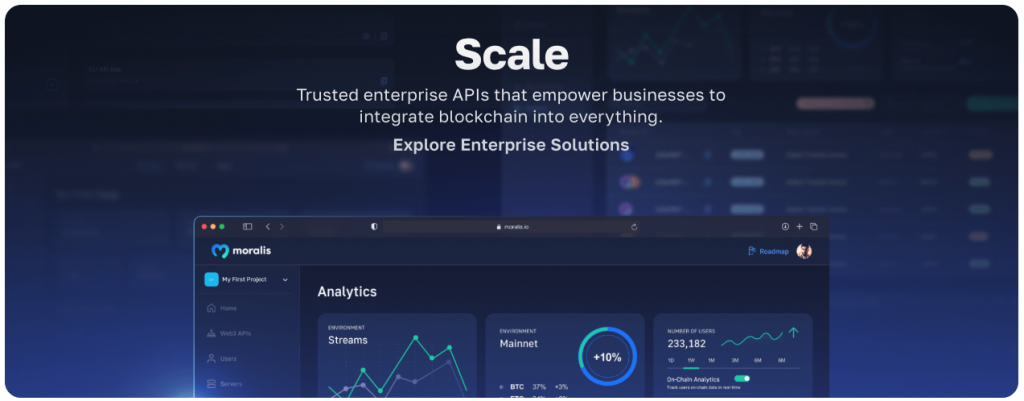
Overview
What is a Solana wallet? To answer this, we begin by looking at crypto wallets and the Solana network separately. From there, we combine these two puzzle pieces to provide a comprehensive and detailed explanation of Solana wallets. We’ll also give you a quick introduction to Moralis’ Solana API. This allows you to easily build your own Solana wallet. Next, the article covers Solana wallet authentication – an essential aspect of Solana development. Lastly, to top things off, we will cover five examples of the best Solana wallet alternatives:
- Phantom
- Solflare
- Glow
- Atomic
- Slope
What’s more, if you are serious about getting into blockchain development, do not miss the other Web3 APIs offered by Moralis. A prominent example is the Web3 Streams API. With this programming tool, you can easily stream on-chain data into the backend of your blockchain projects through Web3 webhooks.
You can also find other excellent Web3 development guides here at Moralis. For instance, learn how to mint an NFT from a contract or explore smart contract programming tutorials!
So, if you want to fully leverage the power of blockchain technology, sign up with Moralis straight away. Creating an account is free, and you can begin developing in a matter of minutes!
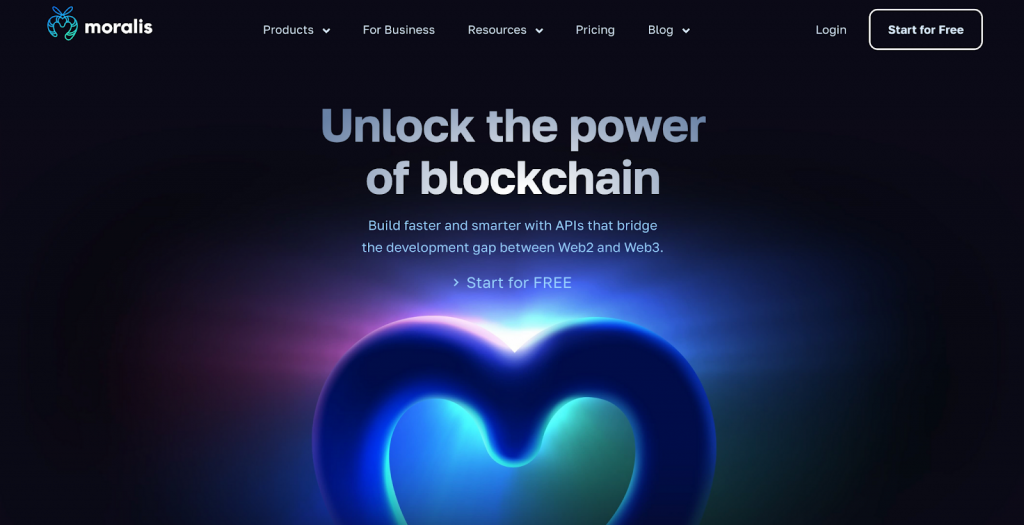
What is a Solana Wallet?
A Solana wallet is – as the name suggests – simply a Solana-based crypto wallet. To better understand what this means, a good starting point is exploring the intricacies of crypto wallets in general. So, let’s kickstart this tutorial by answering the question, ”what is a Web3 Wallet?”.
What are Web3 Wallets?
Crypto wallets, also called Web3 wallets, are applications or devices maintaining a collection of keys and can hold crypto assets. These keys can be used to receive, send, and track ownership of cryptocurrency tokens, along with interacting with Web3 applications. Crypto wallets come in many forms, ranging all the way from apps to physical pieces of paper.

A crypto wallet consists of one or more key pairs. Each pair has two keys: a private and a public. The Web3 wallet generally provides functionality for interacting with the key pairs. To clarify further, let us break down each of these components to explore their functionality and why they are important:
- Private Key – Users require their wallet’s private key to sign on-chain transactions or make alterations to the wallet. Also, on-chain transactions can, for instance, send cryptocurrencies to another wallet. As the name indicates, the private key must be kept private. With access to a wallet’s private key, anyone can withdraw its assets. You also need to keep track of this key because if you forget it, you permanently lose all tokens contained within the wallet.
- Public Key – The public key is a wallet’s address. This can be shared with anyone and displayed freely. Whenever someone wants to transfer assets into your wallet, they require this address. This key or address can also generally be used to find on-chain data relating to the wallet, such as the native balance.
Various wallet solutions feature different approaches for signing transactions, key pair security, interacting with the keys, etc. Some wallets are more intuitive than others, and some store private keys more securely. As such, there are different types of Web3 wallets to choose from, and we will explore some alternatives later on!
What is Solana?
In combination with an explanation of what Web3 wallets are, you also need a brief overview of Solana. Once you are more familiar with this network, we can combine these two components to fully understand what a Solana wallet is! So, let us continue by exploring the Solana network!

Solana was initially introduced in 2017 by Solana Labs – the organization behind the network. Solana is a public, open-source, programmable blockchain featuring smart contracts. This network emphasizes scalability and speed, meaning that Solana generally can process transactions faster than, for instance, Ethereum.
Solana’s speed and scalability capabilities partly originate from the network’s hybrid consensus mechanism. Solana implements a combination of both proof-of-history (PoH) and proof-of-stake (PoS). This is how the network is able to keep costs low while achieving high transaction speeds.
In addition, SOL is the native token of Solana, which is used to keep the network safe and secure!
Solana Wallet Explained
With an overview of Web3 wallets and the Solana network, let us combine the two to explain what a Solana wallet is. In short, a Solana wallet provides the wallet functionality and features mentioned in the “What are Web3 Wallets?” section for the Solana network.
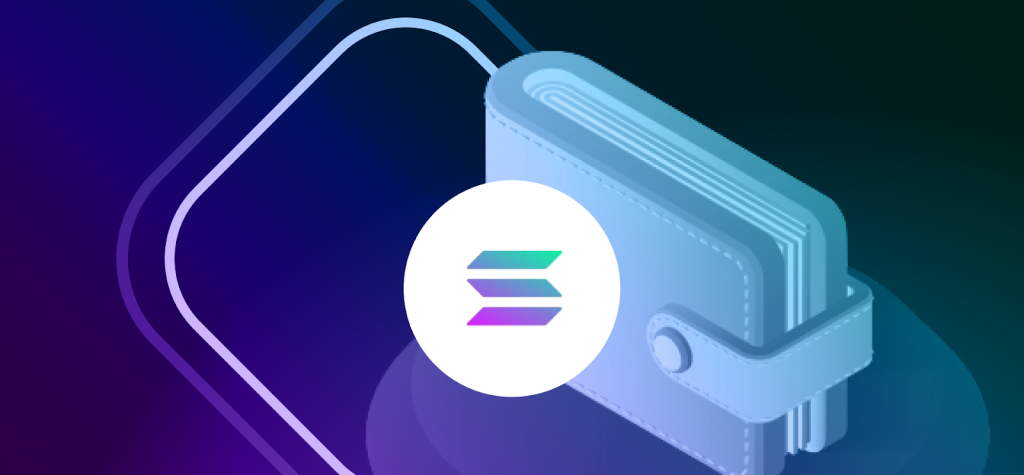
A Solana wallet enables users to interact with SOL tokens and Solana’s ecosystem of dapps (decentralized applications) and other Web3 platforms. So, with a Solana wallet, you can fully manage your on-chain assets and use Solana-based Web3 applications seamlessly!
It is also important to note that Solana is not Ethereum Virtual Machine-compatible (EVM). This means that there is a clear distinction between a Solana and an EVM Web3 wallet. As such, you sometimes need a specific Solana wallet to be able to interact with Solana-based resources and the network itself.
With a better understanding of what a Solana wallet is, the following section explores the process of creating one yourself!
How to Build a Solana Wallet
Are you looking to build your own Solana wallet? If so, you are exactly where you need to be as this section explores the ultimate Solana Web3 development tool: Moralis’ Solana API! With this application programming interface, you can build wallets and other Solana-compatible dapps in no time!

The Moralis Solana API allows you to supercharge your development via the most scalable Solana API in Web3. Through this programming tool, you can access and index all the data you need from the Solana network with single API calls. This includes NFT-related data, token balances, account information, and much more.
If you are looking for a tutorial on how to use the API easily, check out the clip down below. In this video, you will experience Moralis’ Solana API firsthand as one of our engineers illustrates how to seamlessly query the balance of a Solana wallet using Moralis:
In addition, you can also check out the functionality of the Solana API yourself for free by signing up with Moralis. Creating an account only takes a couple of seconds, and you receive immediate access to all Web3 APIs offered by Moralis!
You should also know about Moralis’ cross-chain capabilities, enabling you to build wallets, dapps, and other Web3 platforms across multiple blockchain networks simultaneously. This includes Solana, Ethereum, BNB Chain, Polygon, and many more. As a result, if you decide to build a wallet using the Solana API, you can easily port your project over to any EVM chain with only minor configurations.
Solana Wallet Authentication
Another critical aspect of Web3 development closely tied to crypto wallets is Web3 authentication. Almost all interactions with blockchain applications require some form of authentication, which generally occurs through Web3 wallets.
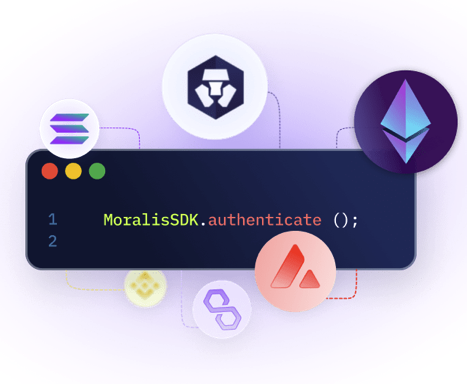
So, as you can imagine, when building blockchain projects, it is favorable to be able to seamlessly implement Web3 authentication flows. However, how do you go about doing so for your Solana projects?
The answer to the question above is Moralis’ Auth API. With this development tool, you can easily implement various Web3 auth mechanisms for different crypto wallets with only single lines of code!
If you want to learn more about authenticating users with a Solana wallet, check out Moralis’ documentation on how to sign in with a Solana wallet. Through this tutorial, you will explore the ins and outs of Solana Web3 authentication. From there, you can implement similar functionality into all future Solana projects effortlessly!
What is the Best Solana Wallet?
This section of the article will explore some of the best Solana wallet alternatives. More specifically, we will take a closer look at five prominent examples. These examples include Phantom, Solflare, Glow, Atomic, and Slope!
Phantom
Phantom is the most popular wallet for the Solana network, and it was initially introduced in 2021. This is a non-custodial wallet allowing users to stake, store, send, receive, and trade Solana-based digital assets. It also enables users to interact with Solana’s ecosystem of dapps and other Web3 platforms.

Phantom features a mobile application and a browser extension that anyone can download for free. Furthermore, it is compatible with many major browsers, including Edge, Firefox, Chrome, Brave, etc., and mobile operating systems such as iOS.
Solflare
The second wallet featured in this “What is the Best Solana Wallet?” section is Solflare. Solflare is a non-custodial, full-featured crypto wallet for the Solana network. This wallet was developed by Solana Labs and is almost as popular as Phantom. Through Solflare, users can buy, send, store, and receive fungible tokens and NFTs. Like Phantom, Solflare also provides access to the prominent ecosystem of Solana.

This wallet is available as a web and mobile application, along with a browser extension. As such, you can use Solflare on multiple different devices to fully manage all your Solana assets!
Glow
The Glow wallet is a fast, easy-to-use Solana crypto wallet. With this wallet, you can send, receive, stake, store, and exchange tokens. It comes as either a browser extension or a mobile application. Glow is known for its aesthetically pleasing and intuitive design. It also features a built-in Safari integration, notifications, iCloud backups, and more.

Atomic
The fourth example of a Solana wallet is Atomic. This wallet supports a bunch of operating systems, including Windows, Mac, iOS, Android, and others. In addition, Atomic supports more than 300 cryptocurrency tokens, enabling you to fully manage your Solana assets.
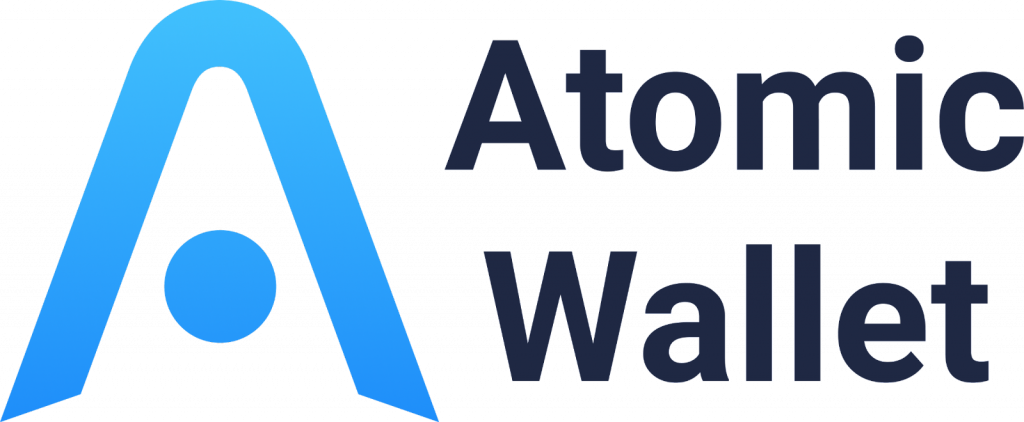
One prominent feature of Atomic is the wallet’s favorable staking conditions with approximately 7% annual percentage yield. Atomic is also one of the first multi-currency crypto wallets allowing users to transfer coins from different blockchain networks.
Slope
Slope is the last of our Solana wallet examples. It is a non-custodial crypto wallet and browser extension, enabling users to safely manage assets on the Solana network. In combination with allowing you to send and receive funds, Slope also opens the door for safe and seamless interactions with Solana dapps.
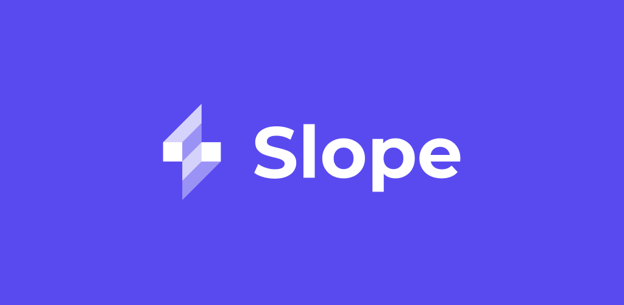
Slope features an easy-to-use user interface (UI), fast transaction speeds, and low fees. This wallet also enables cross-blockchain transactions, meaning that it can be used to, for example, manage Ethereum and BNB Chain assets alike.
Summary – Solana Wallet Overview
In this article, we covered the ins and outs of Solana wallets. In doing so, we taught you that they are tools for managing Solana assets and accessing the network’s extensive ecosystem of dapps and other Web3 platforms!
Along with covering the intricacies of Solana wallets, the article also explored Moralis’ Solana API. This ultimate Solana development tool enables you to build Solana-compatible projects quickly and easily. Lastly, to top things off, the guide provided five of the best Solana wallet alternatives:
- Phantom
- Solflare
- Glow
- Atomic
- Slope
If you found this guide helpful, make sure to continue browsing Moralis’ Web3 blog. The blog features excellent and up-to-date Web3 content. For instance, read about what a Sepolia testnet faucet is or learn how to mint from Etherscan. Also, if you want to learn Web3 programming, make sure to check out Moralis Academy. The academy supplies industry-leading blockchain development courses for new and more experienced developers. For example, learn the basics by enrolling in the “Solana Programming 101” course!
Finally, do not forget to sign up with Moralis! You can register for free and immediately leverage the full potential of blockchain technology in all future projects.
